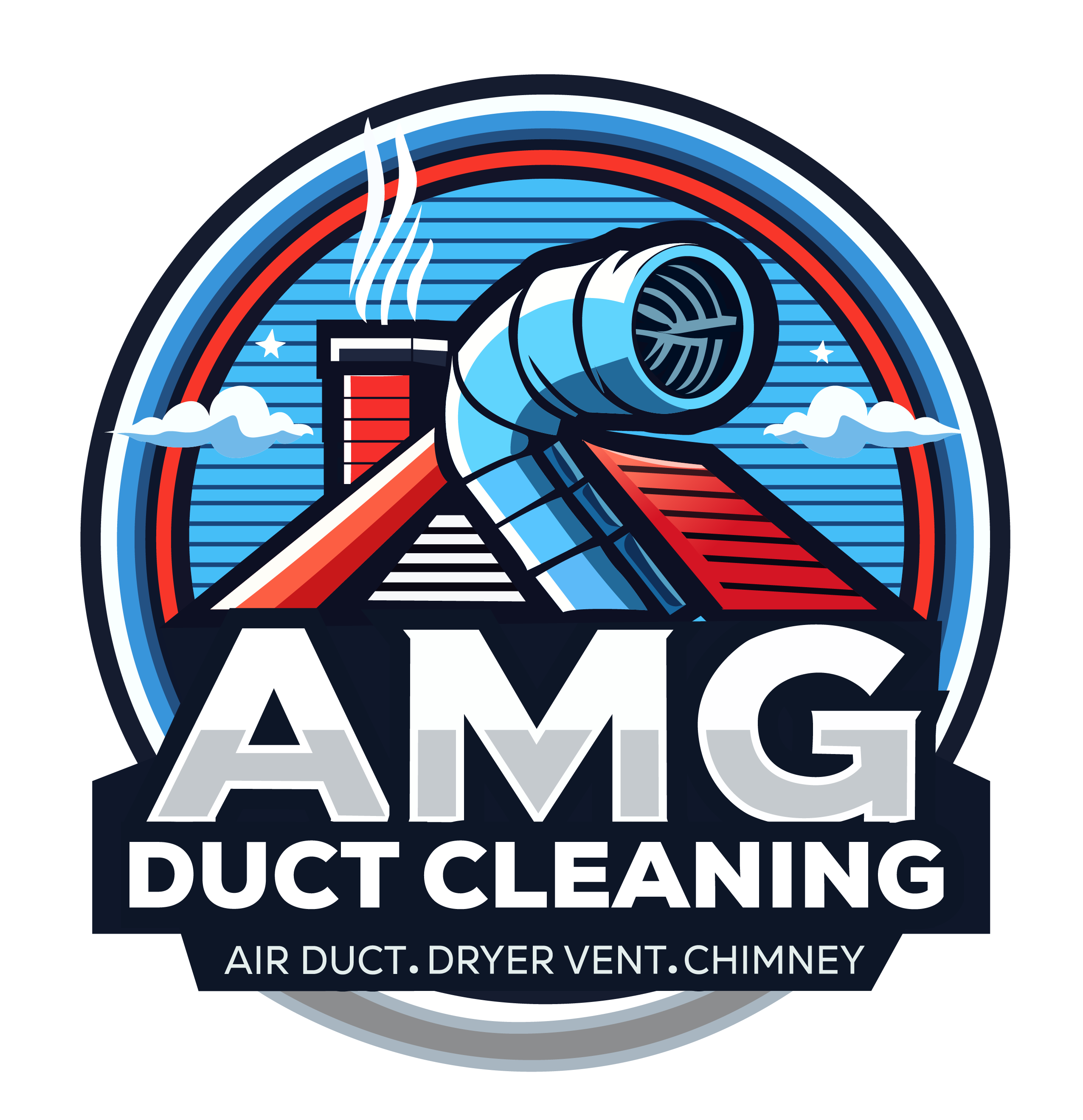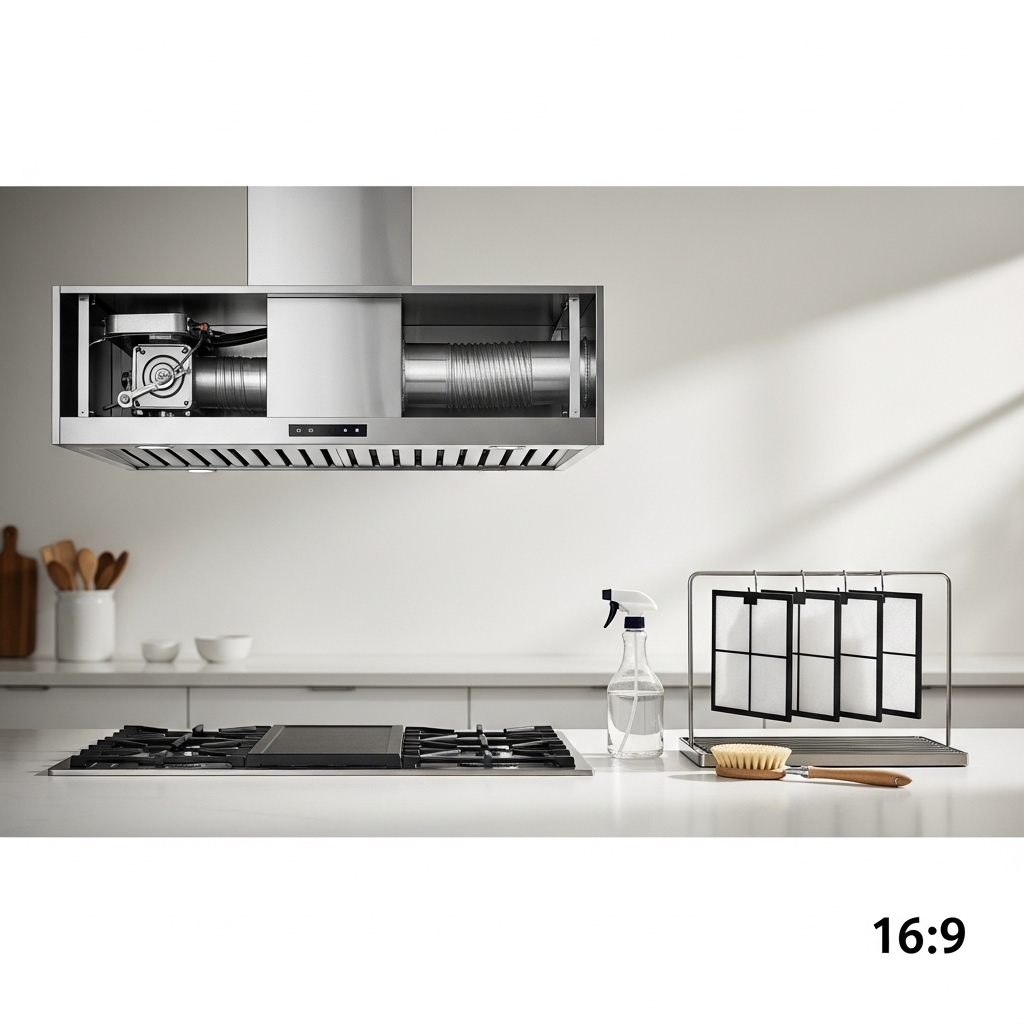Whether you manage a bustling café near Elizabeth Avenue or cook nightly for a busy household, a clean kitchen exhaust system is your first line of defense against grease fires, smoke, and lingering odors. This guide distills best practices into clear steps you can follow, plus practical insights specific to Elizabeth, New Jersey. Right up front, remember that routine kitchen exhaust hood cleaning supports safer cooking, better airflow, and a more welcoming kitchen environment.
You will learn how to assess your system, choose the right cleaning agents, perform a thorough de-greasing of filters and the hood, and recognize when professional help is warranted. We will also cover how to build a sustainable schedule that fits your cooking style and facility type, from home kitchens to small commercial operations.
Understanding Your Exhaust System
Kitchen ventilation is designed to capture grease and smoke where they originate. The hood canopy collects air; baffle filters remove grease droplets; the plenum channels air into the duct; and the duct conveys it to the exhaust fan, which expels it outside. Every part accumulates residue at a different rate. Filters collect the most; ducts and fans collect a film that, if ignored, can thicken to hazardous deposits.
Identify your configuration before cleaning. Do you have a ducted system or a recirculating unit with charcoal filters? Is your exhaust fan roof-mounted, wall-mounted, or integrated? Are there access panels in the duct? Assessing these details determines how deep your cleaning can go and what tools you need.
Preparation and Safety Essentials
- Power down cooktops and ovens, and allow them to cool fully.
- Turn off and lock out the exhaust fan and hood lights.
- Cover counters, stoves, and floors to catch drips.
- Wear gloves, eye protection, and non-slip shoes.
- Provide ventilation while using cleaners.
- Use ladders and rooftop access with caution.
Choosing Cleaning Agents and Tools
Grease varies in hardness depending on the type of oil used and the heat level. Select a degreaser labeled for kitchen metals. Non-caustic formulations are friendlier for frequent maintenance, while stronger degreasers help with periodic deep cleans. Keep a selection of scrub pads, soft brushes, microfiber cloths, and plastic scrapers to avoid scratching stainless steel. A mild stainless polish is useful at the end to remove water marks and fingerprints.
Filter Care: Your First Priority
Baffle filters are engineered to capture aerosols and drain grease into collection troughs. When clogged, they restrict airflow and allow more grease to pass into ducts. Make filter care a weekly or biweekly habit, especially in high-use kitchens.
-
Remove filters carefully, keeping them upright to avoid dripping.
-
Rinse with warm water to dislodge loose grease.
-
Soak in hot, soapy water or a dedicated filter solution for 15–30 minutes.
-
Brush along baffle channels; avoid bending thin metal fins.
-
Rinse thoroughly and allow to dry completely before reinstalling.
Deep Cleaning the Hood and Plenum
With filters out, the hood interior and plenum become accessible. Start by scraping thick deposits with a plastic putty knife. Apply degreaser from top to bottom, allow proper dwell time, then agitate with a pad following the grain of the metal. Wipe away residue with damp cloths. Repeat until surfaces feel smooth and not tacky.
Use an inspection mirror to check behind the filter tracks and into the corners of the plenum. Pay attention to seams and fasteners, which attract grease. Keep your workspace tidy to prevent re-contamination as you move from one area to the next.
Duct Access and Fan Considerations
If your duct includes access panels, open them and clean the first section with controlled amounts of degreaser and hand tools. Do not flood the duct. On the roof or exterior wall, clean accessible parts of the fan housing and blades with the power off. Remove any built-up residue from grease traps or drains attached to upblast fans, and ensure protective hinge kits or supports are secure before opening the fan.
Cleaning Frequency in Elizabeth, NJ
Cooking styles drive frequency. If your home kitchen sees daily sautéing, pan frying, or grilling, plan a thorough cleaning every one to three months with weekly filter care. In small commercial settings, monitor grease accumulation closely and adjust intervals as needed. Seasonal humidity common in New Jersey can make grease feel tackier; you may find that warm months demand more frequent attention.
Signs It’s Time to Clean
- Visible grease film on the hood interior or exterior.
- Filters that feel heavy, sticky, or emit odors.
- Smoke and steam lingering around the cooktop rather than being captured.
- Vibration or noise from the exhaust fan.
- Streaks on nearby walls or cabinets from aerosolized grease.
Step-by-Step Summary
-
Protect surfaces and shut off power.
-
Remove and soak filters.
-
Scrape heavy deposits inside the hood and plenum.
-
Apply degreaser and agitate; wipe clean.
-
Open access panels if available and clean the first duct section.
-
Clean the exhaust fan housing and blades where accessible.
-
Polish stainless exteriors; dry and reinstall filters.
-
Restore power and test airflow.
Quality Checks After Cleaning
Shine a flashlight across surfaces; clean metal should reflect evenly. Run a cloth test—wipe a white cloth across the plenum and filter frames. If it returns with heavy residue, clean again. When you turn the fan on, airflow at the hood should feel stronger and the sound steady, without rattles that suggest residue on blades or loose panels.
Hygiene and Odor Management
Grease is sticky, and it holds onto cooking odors. Regular filter care and hood cleaning reduce the microbial film where odors linger. If your system includes a make-up air component, confirm that its filters are clean, as poor supply air balance can hinder capture efficiency at the hood and leave odors in the room.
Elizabeth, NJ Building Realities
In tightly spaced neighborhoods, exhaust discharge can be closer to windows and neighboring properties. Clean fans and ducts reduce oily plumes and improve dispersion. During cleaning, keep noise down by avoiding unnecessary roof trips at early or late hours. Record your cleaning dates and findings; a simple log helps track performance and demonstrates diligence in shared or mixed-use buildings.
When Professional Help Makes Sense
DIY methods work well for routine care. However, long duct runs, multiple elbows, or heavy deposits call for specialized tools and training. Pro crews use heated washing systems, food-safe chemicals, and roof-safe setups to clean deeply and safely. If you notice persistent smoke capture issues, greasy residue reappearing quickly, or vibration from the fan even after a careful wipe-down, it may be time to schedule professional kitchen exhaust hood cleaning for a comprehensive service from the hood to the fan.
Building a Sustainable Schedule
Make cleaning predictable rather than reactive. Start with weekly filter washing and a monthly hood interior check. If you routinely find heavy residue ahead of schedule, shorten the interval. If surfaces stay mostly clean between checks, maintain your current cadence. For many households, a quarterly deep clean and consistent weekly filter care is a solid balance. For food businesses, increase the tempo based on cooking volume and menu.
Frequently Asked Questions
Q: What’s the difference between residential and commercial hood cleaning?
A: The principles are similar, but commercial systems usually have longer ducts, higher grease loads, and strict compliance requirements. They benefit from specialized equipment and trained crews for thorough results.
Q: Which filters are best for grease?
A: Baffle filters are standard for grease capture because they direct airflow through channels that cause droplets to condense and drain. Mesh filters are less effective for grease-heavy cooking and clog more quickly.
Q: Can I use vinegar or baking soda to clean the hood?
A: While mild agents help with light films, they are often insufficient for heavy grease. Use a degreaser designed for kitchen metals for deep cleaning, then polish with a stainless cleaner.
Q: How long does a DIY deep clean take?
A: For a home kitchen, plan one to three hours depending on buildup. A small commercial setup can take longer, especially if duct access panels and the fan require attention.
Q: Is it safe to clean the fan blades myself?
A: Yes if you can reach them safely and power is locked out. Use minimal liquid near motors and avoid bending blades. If access is difficult, call professionals.
Q: Why does grease return quickly?
A: High-heat searing, frequent frying, and inadequate filter care accelerate buildup. Improving capture (correct filter orientation, fan performance) and shortening cleaning intervals helps.
Ready for a Cleaner, Safer Kitchen in Elizabeth?
With a clear plan and steady habits, you can keep your kitchen exhaust system working like it should—quietly, effectively, and safely. If you want deeper support or have a complex setup, schedule expert kitchen exhaust hood cleaning and enjoy the confidence that your hood, ducts, and fan are spotless and operating at their best.

